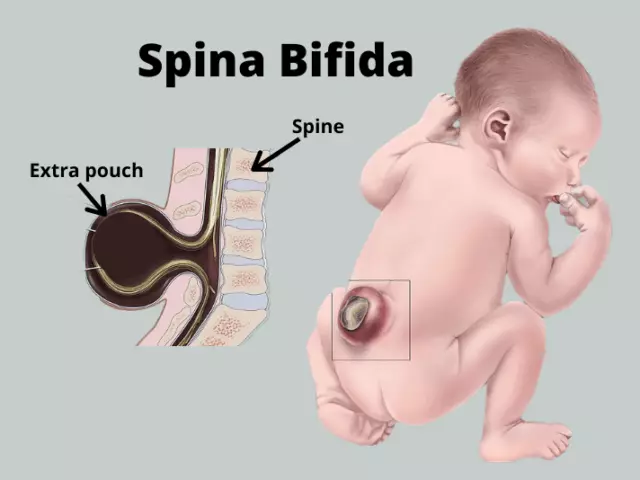Teratogenicity: Are seizure medications safe in pregnancy? Antiepileptic Drugs in Women With Epilepsy During Pregnancy – Drkharkar
This is an article from the Safe Pregnancy in Epilepsy patient guide. Seizure medications can cause birth defects. It is important to choose one of the seizure medications safe in pregnancy. The safest antiepileptic in pregnancy needs to be carefully selected for each woman. It needs to minimize both seizures and birth defects. Valproate has the highest risk of causing birth defects. In terms of lowest risk of birth defects, Lamotrigine and Levetiracetam are the antiepileptics safest in pregnancy. Which is the safest antiepileptic in pregnancy? There are two goals of epilepsy management during pregnancy: Prevent birth defects (teratogenicity) Prevent seizures In terms of preventing birth defects, Lamotrigine & Levetiracetam are the safest antiepileptics in pregnancy. But to select the safest antileptic for you, we need to make sure your seizures are controlled. So, your doctor may advise you to take a different medication. What is “Teratogenicity”? When the sperm and egg unite, a single cell is created. Like a miracle, this single cell divides & forms arms, legs, heart, brain and other organs. Here is a video of this process: https://youtu.be/fKyljukBE70Let us quickly summarize: First 3 months – Basic organs develop. The basic spinal cord forms within 2 months. 3-6 months – The brain, spinal cord and heart start becoming more complex. 6-9 months: All organs and the baby itself rapidly increases in size! Seizure medications can cause birth defects such as a small head, or improperly formed lips. “Teratogenicity” it the medical term for this problem. We want to minimize this problem. Is there a medication labelled the “safest antiepileptic in pregnancy”? Let’s read more. What structural problems can seizure medications cause? Seizure medications can produce many kinds of structural problems. But the most common ones are: Incorrect formation of the heart – For example: an incorrect hole (ASD, VSD) etc Incorrect formation of the lips and mouth – Cleft lip Incorrect formation of the spinal cord – Spina Bifida Incorrect formation of the brain – e.g. too small – microcephaly Other problems such as kidney problems are less common. The very important things to realize are: Problems with the brain and spinal cord are more serious. Even more serious than heart problems (most heart problems are fixable). The first 3 months are a critical period of spinal cord and brain formation. So, start taking steps to reduce this risk BEFORE YOU GET PREGNANT. How can you reduce risk to the baby? There are less safe seizure medications, and there are – relatively speaking – seizures medications safe in pregnancy. Newer medications like levetiracetam top the list of seizure medications safe in pregnancy. When it comes to avoiding birth defects, Levetiracetam (along with lamotrigine) is probably the safest antiepileptic in pregnancy. Please realize one critical thing: If you have a big generalized convulsion then both your and your baby’s life are at risk. Therefore, you HAVE to keep taking seizure medications during pregnancy. You need to plan your pregnancy properly (see below). Unplanned pregnancies in Epilepsy are common. Seizure medications can make oral contraceptives ineffective. Therefore, use condoms to prevent pregnancy. Meet your doctor at least 1 year before you get pregnant. Ask him/her the following 6 questions: How likely am I to get seizures while pregnant? Can I change to a seizure medication that is safer for the baby? Can I take a lower dose of my seizure medication? Can I take fewer seizure medications? Should I start taking folic acid supplements? Do I need more frequent ultrasound or blood tests? Let us talk about each of these questions. How likely am I to get seizures while pregnant? If you are seizure-free before pregnancy, you are unlikely to have seizures during pregnancy. Ideally, you should be seizure-free for one year before getting pregnant. This also means that if your seizures are not controlled then you may want to delay your pregnancy. Give your doctor time to control them, before getting pregnant. Can I change to one of the seizure medications safe in pregnancy? Some medications are not in the list of seizure medications safe in pregnancy. These tend to be the older seizure medications. Of the seizure medications safe in pregnancy, levetiracetam is the most commonly used one. As far as avoiding birth defects is concerned – Levetiracetam is (along with lamotrigine) the safest antiepileptic in pregnancy. But here is a critical point. When you select seizure medications safe in pregnancy, the one you choose has to control your seizures AND minimize risk to the baby. For you, that is the safest antiepileptic in pregnancy. Let us look at this table:Least safe Less safe Valproate Phenobarbital Carbamazepine Phenytoin Carbamazepine Oxcarbazepine And this one: More safeSafety not clearly knownLevetiracetam LamotrigineZonisamide (probably safe) Lacosamide (probably safe) Gabapentin (proabbly safe) Clobazam & clonazepam (probably slightly unsafe) Out of all these medications, Valproate is the least safe seizure medication in pregnancy. Valproate causes malformations in about 10% of babies. The flip-side of course is that (even with this medication) ~90% of babies have no such problems. Talk to your doctor if you are taking medications in the “least safe” column. Ask your doctor whether you can try one of the “More safe” medications instead. Often, such a switch is reasonable to attempt. Sometimes, the answer may be “No, there would be a very high risk of seizures”. Remember: When you select a seizure medications safe in pregnancy, the one you choose has to control your seizures AND minimize risk to the baby. This answer can depend on the type of your Epilepsy. For example:Let’s consider JME, a common type of epilepsy. In JME, switching from Valproate (Least safe) to Levetiracetam (More safe) is usually possible. Remember: After a switch, be seizure-free for 1 year before getting pregnant. Should you change to seizure medications safe in pregnancy AFTER getting pregnant? Almost always, the answer to this question is No. Once you get pregnant, it is usually best to continue with your current medication. The American Academy of Neurology (AAN) guidelines discuss this problem. Switching seizure medications after getting pregnant is usually not a good idea because: You could lose control of your seizures. While changing from one medication to another, the baby



